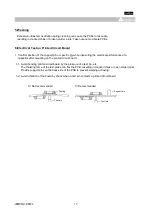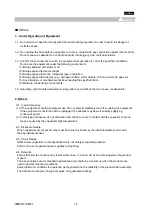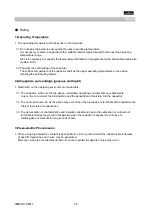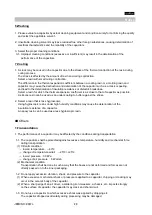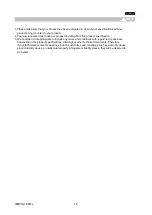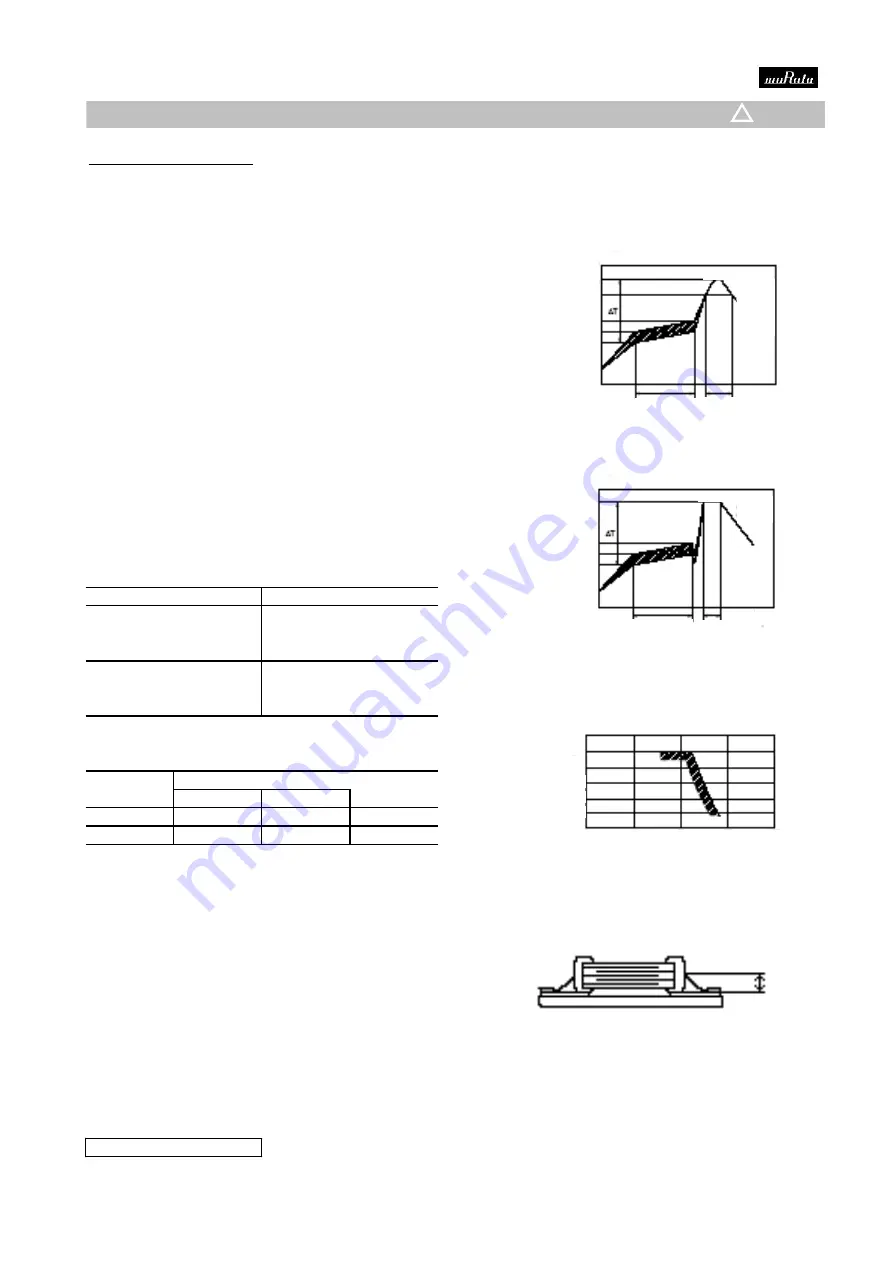
4-1.Reflow Soldering
1. When sudden heat is applied to the components, the
[Standard Conditions for Reflow Soldering]
mechanical strength of the components will decrease
because a sudden temperature change causes
Infrared Reflow
deformation inside the components. In order to prevent
mechanical damage to the components, preheating is
required for both the components and the PCB board.
Preheating conditions are shown in table 1. It is required to
keep the temperature differential between the solder and
the components surface (ΔT) as small as possible.
2. Solderability of Tin plating termination chips might be
deteriorated when a low temperature soldering profile where
the peak solder temperature is below the melting point of
Tin is used. Please confirm the Solderability of Tin plated
termination chips before use.
Vapor Reflow
3. When components are immersed in solvent after mounting,
be sure to maintain the temperature difference (ΔT)
between the component and the solvent within the range
shown in the table 1.
Table 1
GQM18/21
ΔT
≦
190
℃
GQM22
ΔT
≦
130
℃
[Allowable Soldering Temperature and Time]
Recommended Conditions
Pb-Sn Solder
Lead Free Solder
Infrared Reflow
Vapor Reflow
Peak Temperature
230
~
250
℃
230
~
240
℃
240
~
260
℃
Atmosphere
Air
Air
Air or N2
Pb-Sn Solder: Sn-37Pb
Lead Free Solder: Sn-3.0Ag-0.5Cu
In case of repeated soldering, the accumulated
soldering time must be within the range shown above.
4. Optimum Solder Amount for Reflow Soldering
4-1. Overly thick application of solder paste results in
a excessive solder fillet height.
This makes the chip more susceptible to mechanical
and thermal stress on the board and may cause
the chips to crack.
in section
4-2. Too little solder paste results in a lack of adhesive
strength on the outer electrode, which may result in
chips breaking loose from the PCB.
4-3. Make sure the solder has been applied smoothly to the end surface to a height of 0.2mm min.
Make sure not to impose any abnormal mechanical shocks to the PCB.
Inverting the PCB
Part Number
Temperature Differential
Caution
0.2mm min.
!
Soldering
Soldering
60-120 seconds
60-120 seconds
30-60 seconds
20 seconds
Sol
d
e
ri
n
g T
e
m
p
e
ra
tu
re
(℃)
280
270
260
250
240
230
220
Time
Time
Temperature(℃)
Peak Temperature
200℃
170℃
150℃
130℃
Gradual
Cooling
Temperature(℃)
Peak Temperature
170℃
150℃
130℃
Gradual
Cooling
0
30
60
90
120
Soldering Time(sec.)
Preheating
Preheating
JEMCNC-0012L
14

















